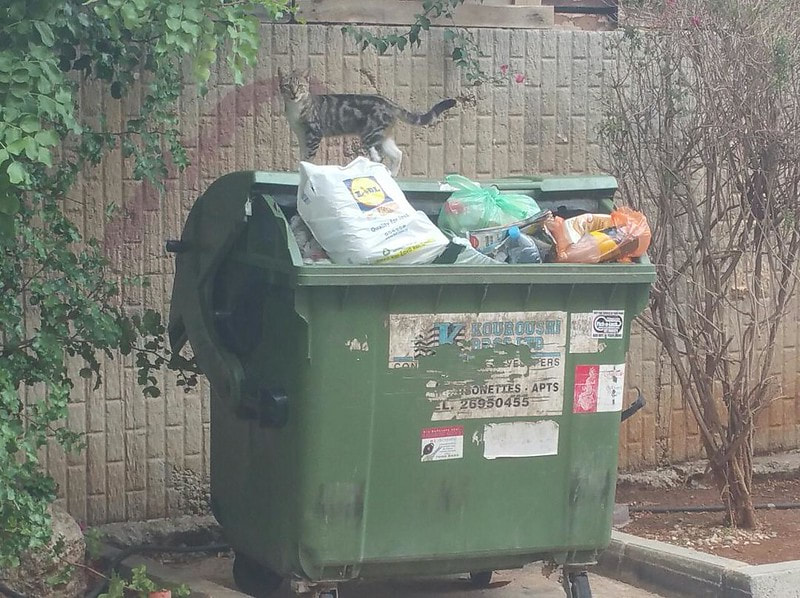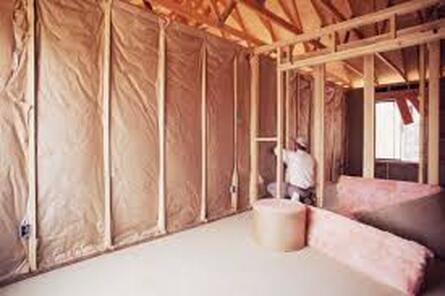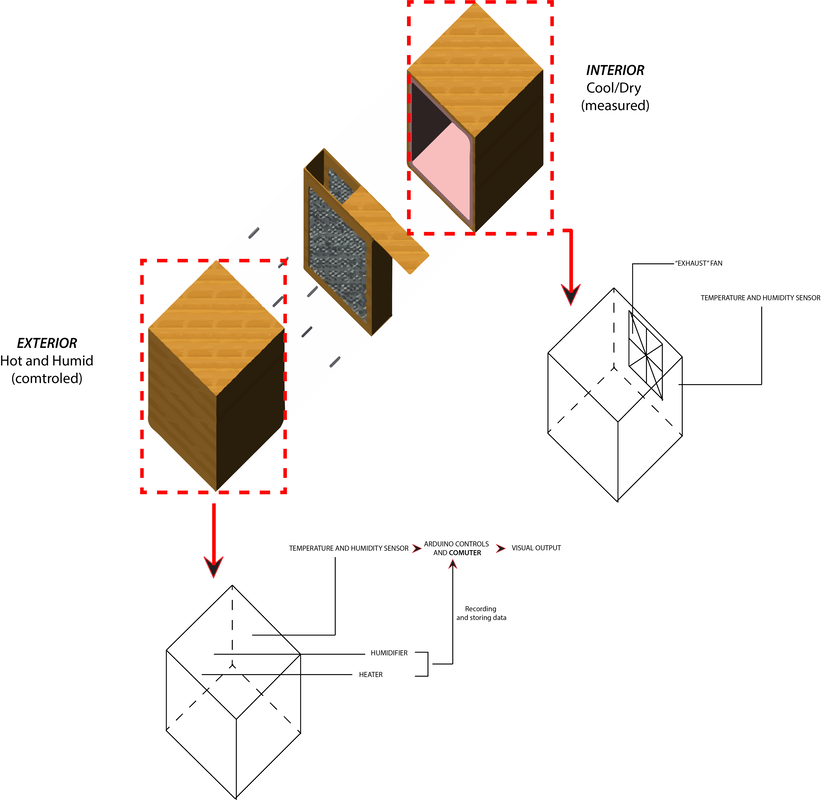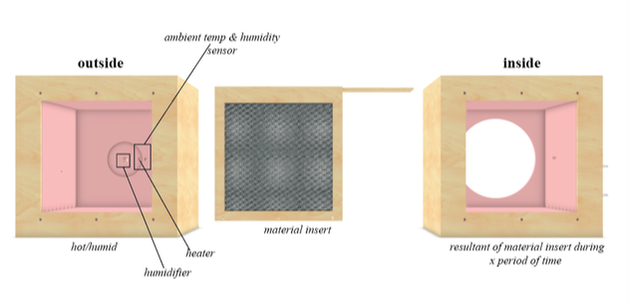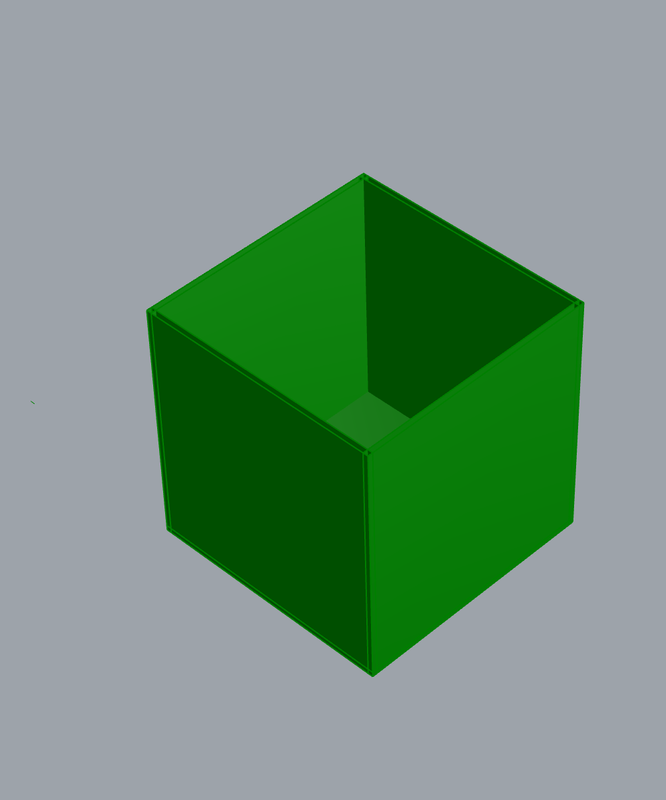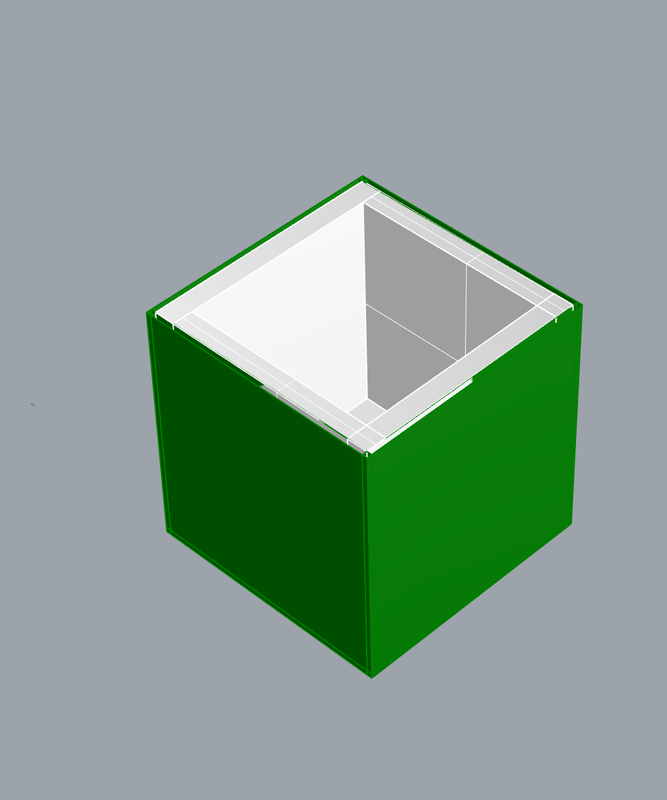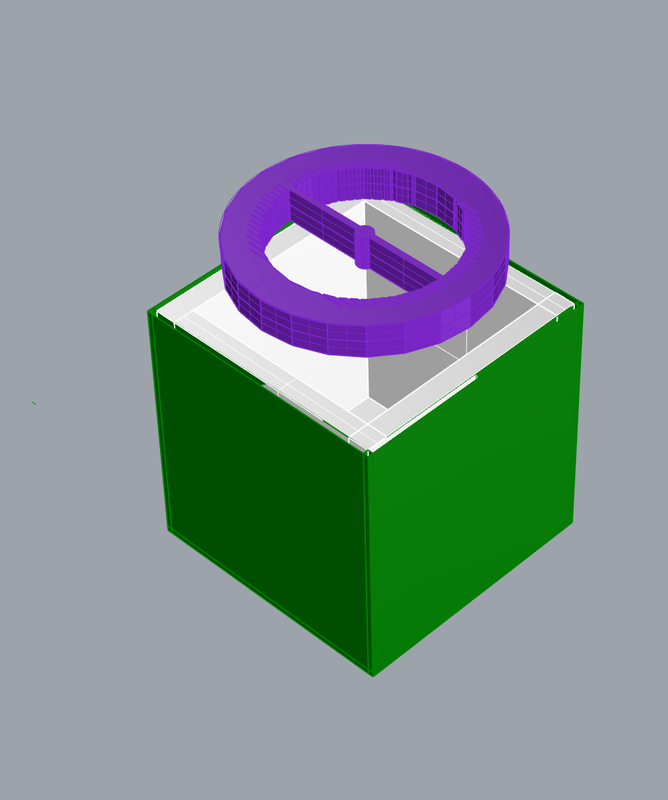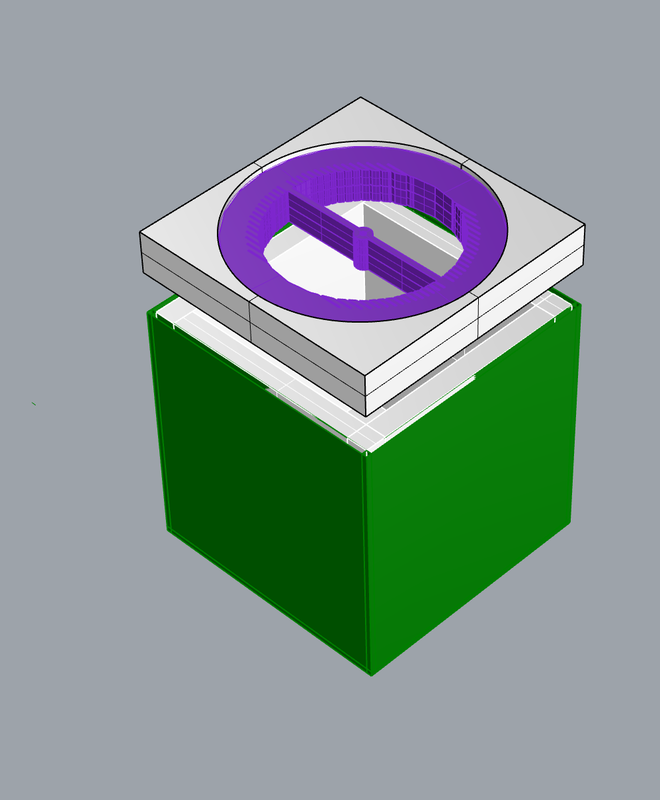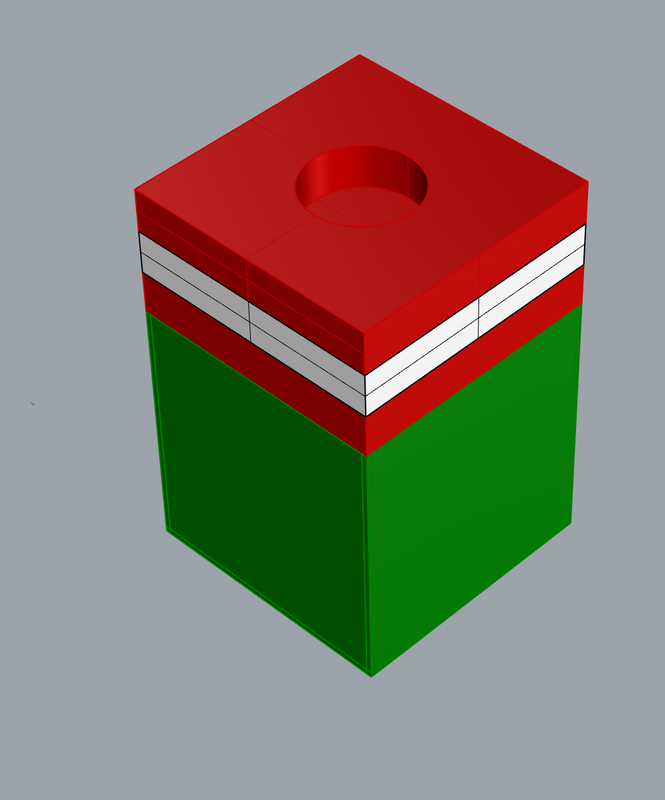Design Proposal
This project studies passive dehumidification and thermal capacity through recycled clothing. Testing materials that would usually be thrown away to act as desiccants to produce higher levels of dehumidification and possibly thermal comfort. Using previous information gained through conventional studies of HVAC systems and desiccant materials, we are able to test the recycled materials and contrast them with other previously studied materials. To achieve the goal of finding out what recycled materials can be used to create an efficient dehumidification conditioning system and retain thermal properties, we will first test the materials in isolation to conduct a proper analysis of its absorptive and thermal properties. Then, mix materials together to see if there’s a change in level of achievement. Each material is evaluated through measurement of its capability to reduce humidity and retain heat.
Research Question: Which recyclable clothing has the potential to achieve greater levels of dehumidification?
Construction and Schedule (Phase 2)
After discussing the project idea and intent with professionals, we have decided to update our design for the testing of the desiccant materials. We are switching to designing a desiccant wheel which will have slits throughout the wheel to place material and humid air will be pushed through the wheel. On the other side of the wheel there will be a box that measures the air.
Design Idea
Idea and design for wheel from https://www.resystech.com/hvac-1-desiccant-rotor-testing.html
Explanation of Desiccant Wheel: https://www.youtube.com/watch?v=4HzlP44M8BQ
Revised Schedule
Mockup
We were looking at the different shapes we could make the "wheel" part of the desiccant wheel. We studied the ideas of a circle and a rectangle and the ways in which material could be connected to the wheel. We looked at these shapes because we wanted to see what shape would give us the best surface area and depth of the materials being tested. The second thing we looked at was the ways in which air could be let out of the box. Through these studies we looked at putting "windows" on the sides of the box or slits on the back of the box.
Mock up of the Controls
For our project we will be using the temperature and humidity sensor from the Arduino set. We will Also be using the motor to make the wheel turn at different speeds and directions to see if we get different data from each of the different settings.
